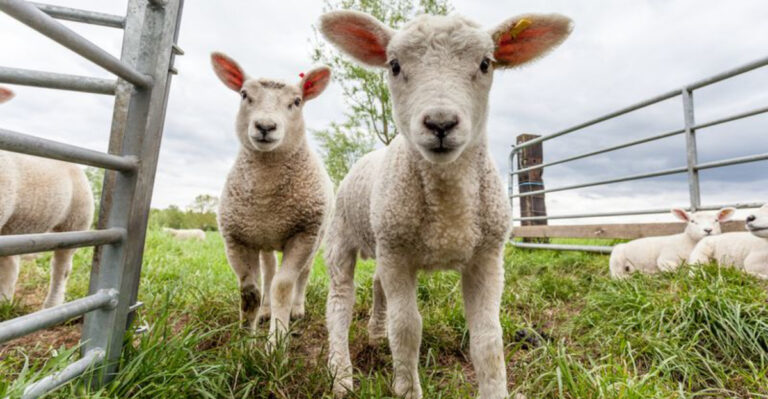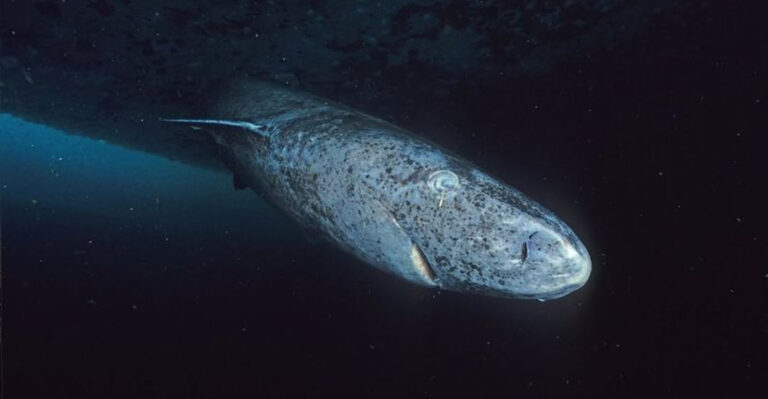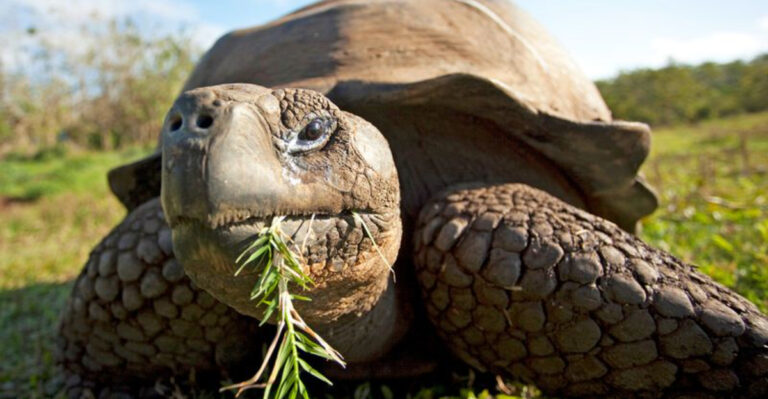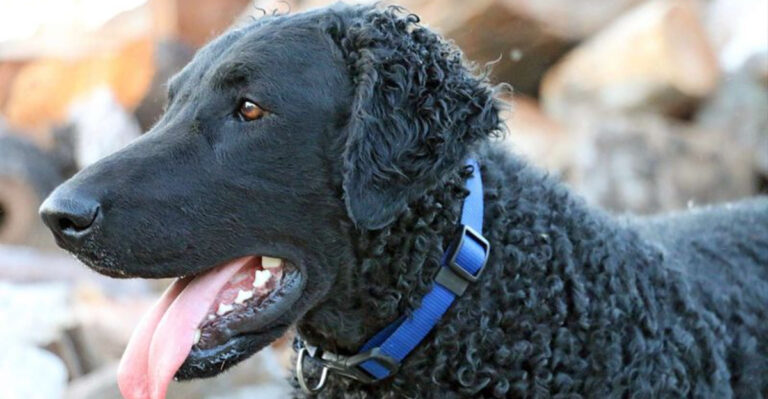15 Dangerous Birds That Prove Lethal Predators Aren’t Just On The Ground
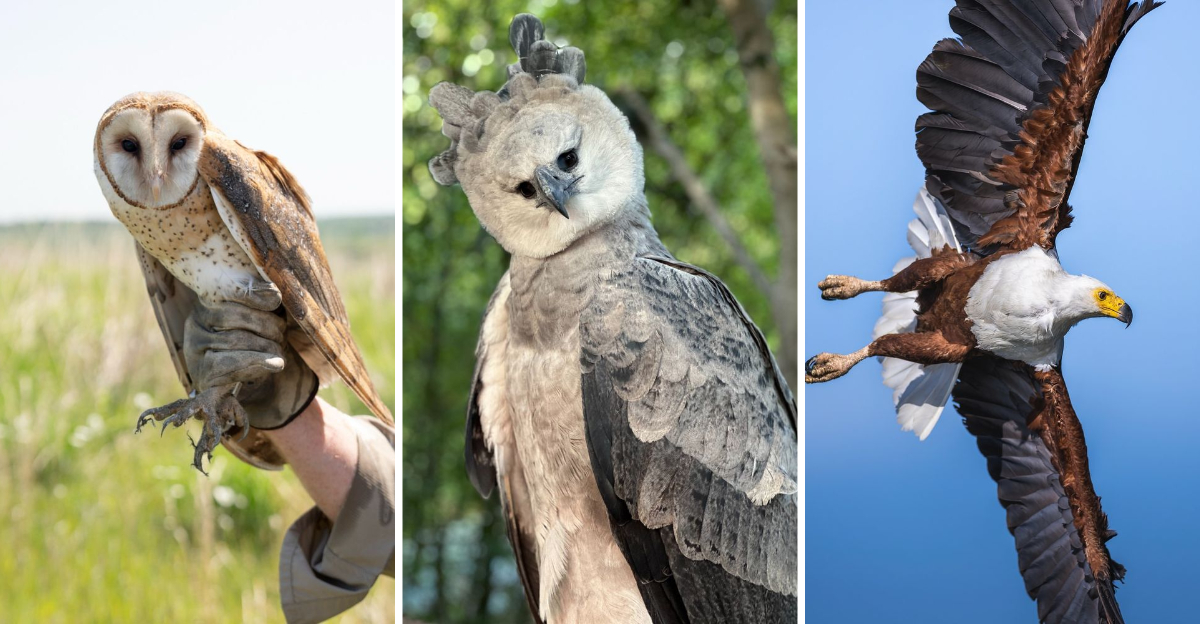
The sky isn’t just a domain of beauty; it’s a battleground where some of the most lethal predators perform gravity-defying feats to secure their next meal.
While we often associate predators with terrestrial or aquatic environments, these remarkable birds demonstrate that danger also lurks in the skies.
With razor-sharp talons, exceptional eyesight, and impressive agility, these avian hunters are perfectly equipped for life as apex predators. Let’s explore these extraordinary birds that prove lethal predators aren’t just on the ground.
1. Peregrine Falcon
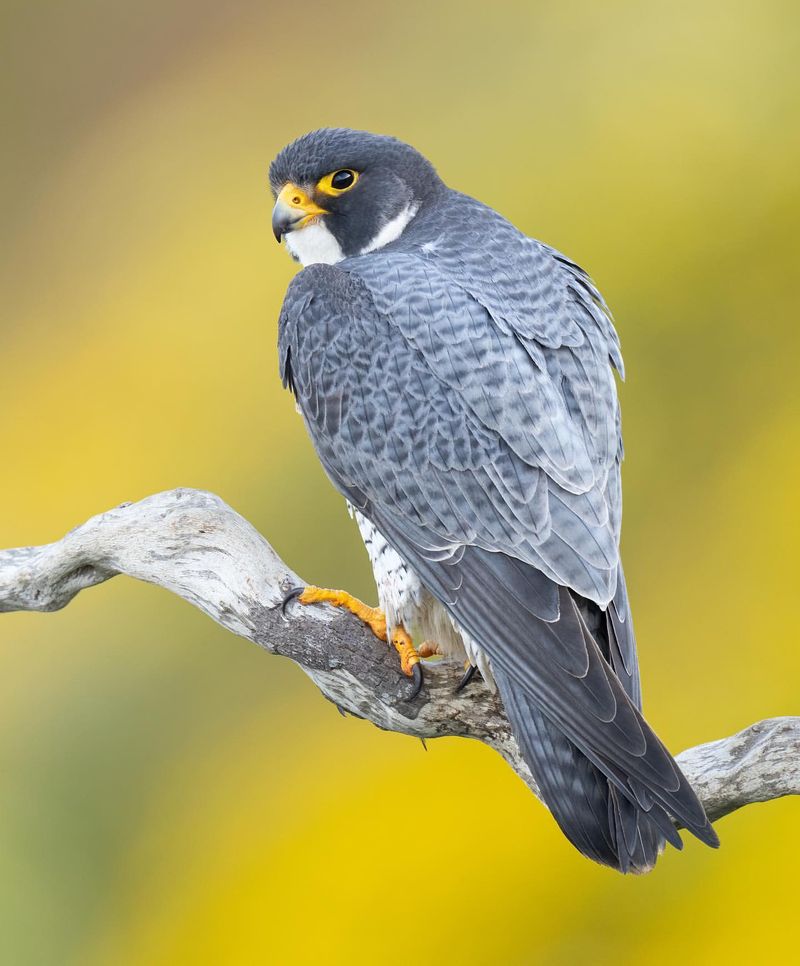
Dashing through the sky at speeds exceeding 240 miles per hour, the Peregrine Falcon is the fastest bird on the planet. Unlike any land predator, this bird of prey uses its incredible velocity to perform mid-air hunts, targeting birds as its primary food source.
Its remarkable sight allows it to pinpoint unsuspecting victims from great distances, making it a formidable hunter. The Peregrine’s distinctive blue-gray plumage and black head markings add to its striking appearance.
Adaptable and widespread, these falcons can be found on every continent except Antarctica. Their ability to thrive in urban environments has made them a familiar sight in cityscapes, where they nest on tall buildings, mimicking their natural cliff-side nesting sites.
2. Harpy Eagle
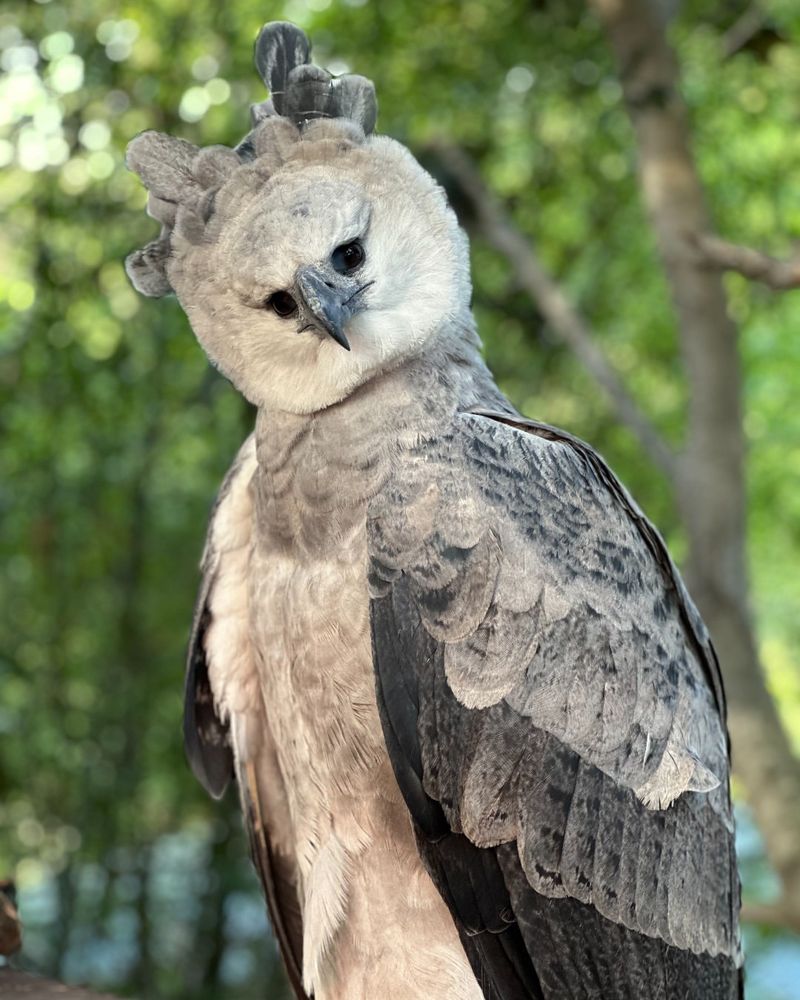
Deep within the tropical rainforests of Central and South America, the Harpy Eagle reigns supreme. Known for its extraordinary strength, this eagle preys on large mammals, including monkeys and sloths. Its powerful talons are capable of crushing bones with ease.
The Harpy Eagle’s imposing figure, with a wingspan of up to seven feet, cuts an awe-inspiring silhouette against the canopy. Its crown of feathers resembles a warrior’s helmet, enhancing its regal presence.
Though elusive and rare, the Harpy Eagle is an essential part of its ecosystem, maintaining the balance by controlling populations of arboreal mammals. Conservation efforts are crucial to preserving this magnificent predator’s future.
3. Snowy Owl
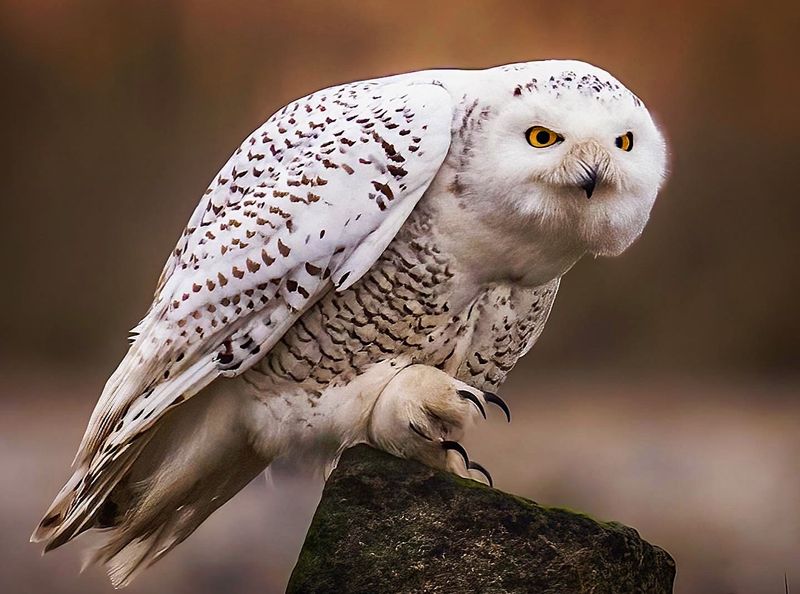
Elegant and powerful, the Snowy Owl is a master of the Arctic skies. Unlike many of its nocturnal counterparts, this owl is diurnal, hunting by day in the expansive tundra. Its pristine white feathers provide perfect camouflage against the snow.
Renowned for its keen eyesight and acute hearing, the Snowy Owl can detect prey even under the snow. Its diet mainly consists of lemmings and other small mammals, critical for its survival in such harsh habitats.
The Snowy Owl’s presence is a symbol of the wild Arctic, and its ability to thrive in extreme conditions showcases the adaptability and resilience of avian predators.
4. Bald Eagle
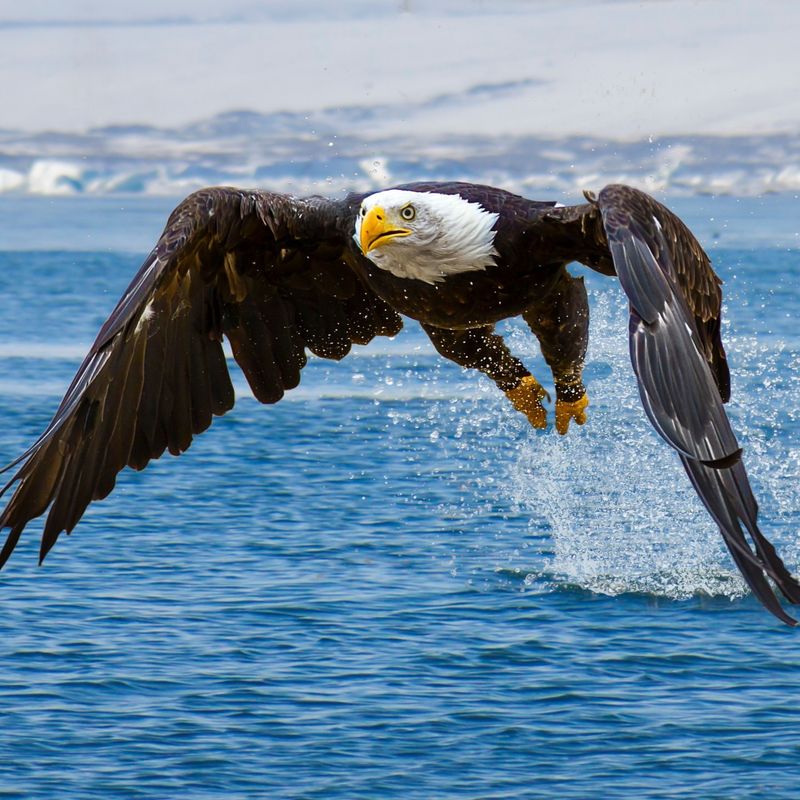
Majestic and symbolic, the Bald Eagle is not just a national emblem but a skilled hunter of the skies. Found across North America, this bird of prey is known for its massive wingspan and distinctive white head.
Fishing is the Bald Eagle’s forte, and it often snatches fish from the water with its sharp talons, performing aerial acrobatics that captivate onlookers. Its eyesight is among the best in the animal kingdom, allowing it to spot prey from great distances.
Conservation efforts have helped the Bald Eagle recover from near extinction, and it now thrives in many protected areas, symbolizing the triumph of wildlife preservation.
5. Great Horned Owl
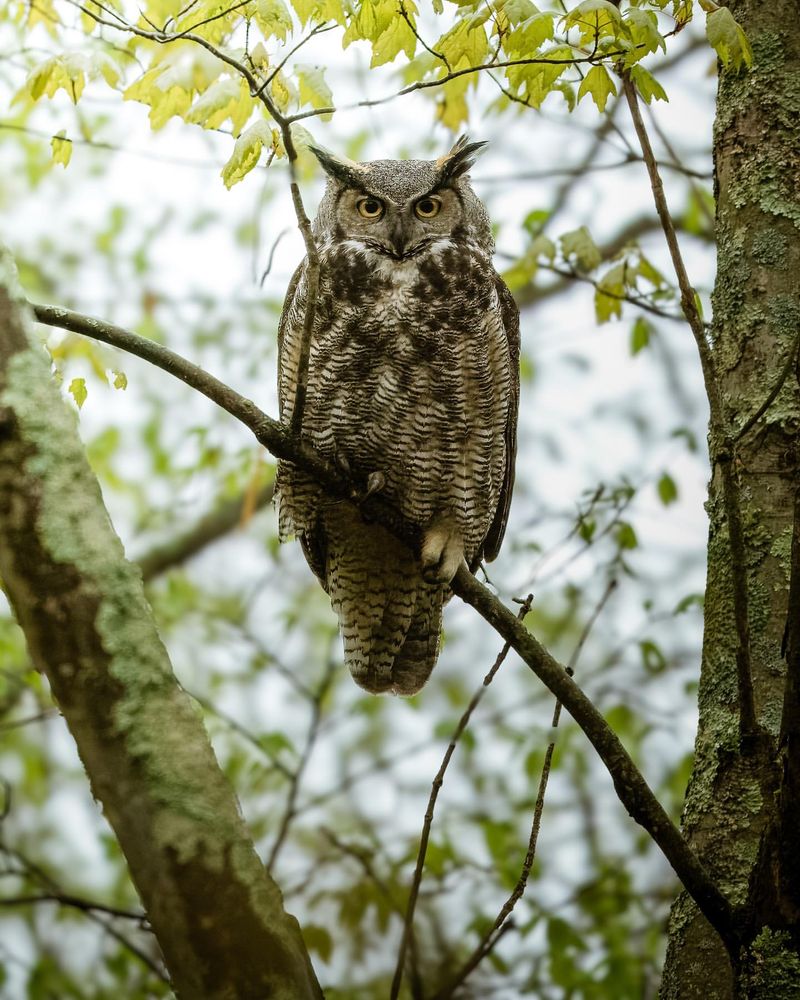
Silent and stealthy, the Great Horned Owl is the quintessential nocturnal predator. With its powerful talons and fierce hunting prowess, it rules the night in diverse habitats across the Americas.
This owl’s remarkable hearing and vision make it a lethal hunter, capable of taking down prey much larger than itself, including rabbits and skunks.
Its distinctive tufts give it an intimidating appearance. The Great Horned Owl’s adaptability has allowed it to thrive in environments ranging from forests to urban areas, making it one of the most widespread and successful avian predators.
6. Golden Eagle
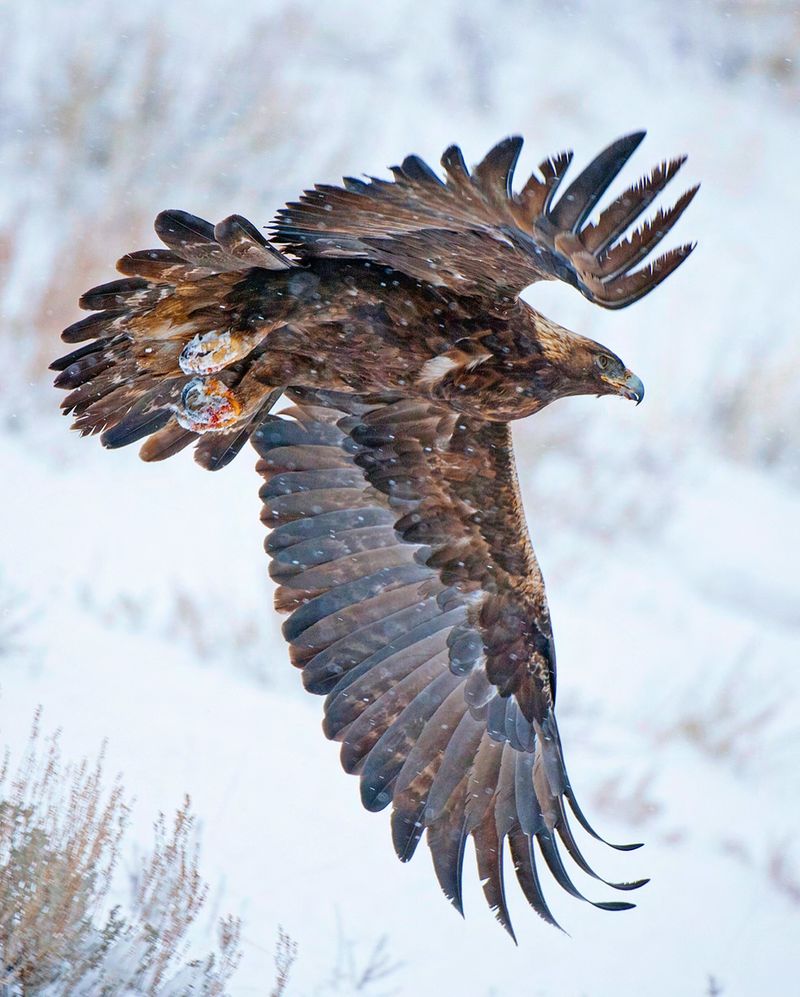
With its regal bearing and formidable hunting skills, the Golden Eagle is a master of the mountainous regions of the Northern Hemisphere. This apex predator is known for its powerful build and remarkable agility.
Golden Eagles have been observed hunting mammals, including foxes and deer, showcasing their incredible strength. Their talons are their primary weapon, capable of seizing and subduing prey efficiently.
Culturally revered, the Golden Eagle represents power and grace. Its successful adaptation to various climates and terrains underscores its status as one of the most versatile birds of prey.
7. Osprey
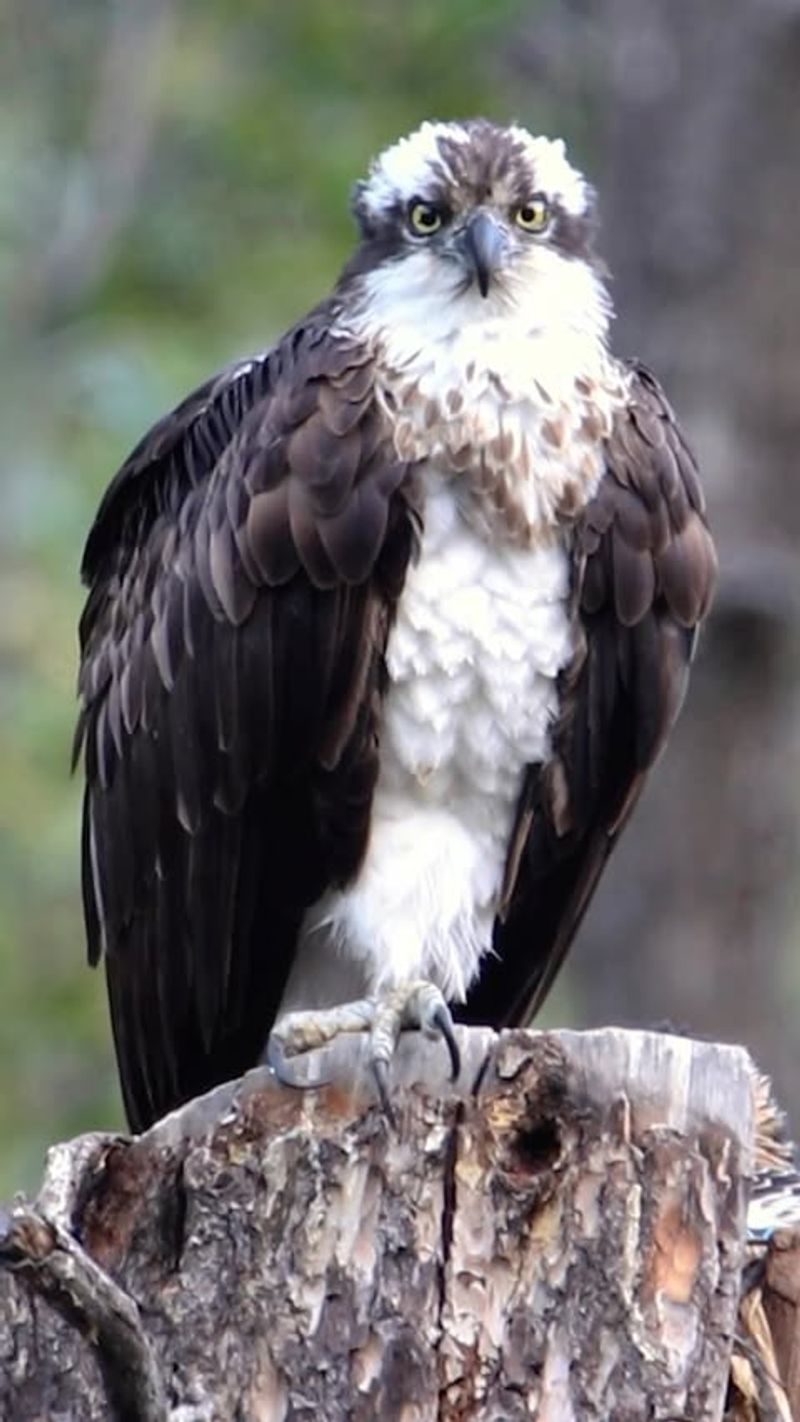
Expert anglers of the avian world, Ospreys are almost exclusively fish-eaters.
Their specialized hunting techniques involve incredible dives into the water, where they snatch slippery fish with their curved talons. With a presence on every continent except Antarctica, Ospreys are adaptable, often seen near coastlines, rivers, and lakes.
Their reversible outer toes and sharp spicules on their feet help them grip prey firmly. Ospreys’ migratory patterns take them on long journeys between breeding and wintering grounds, a testament to their endurance and adaptability in pursuing their watery prey.
8. African Fish Eagle
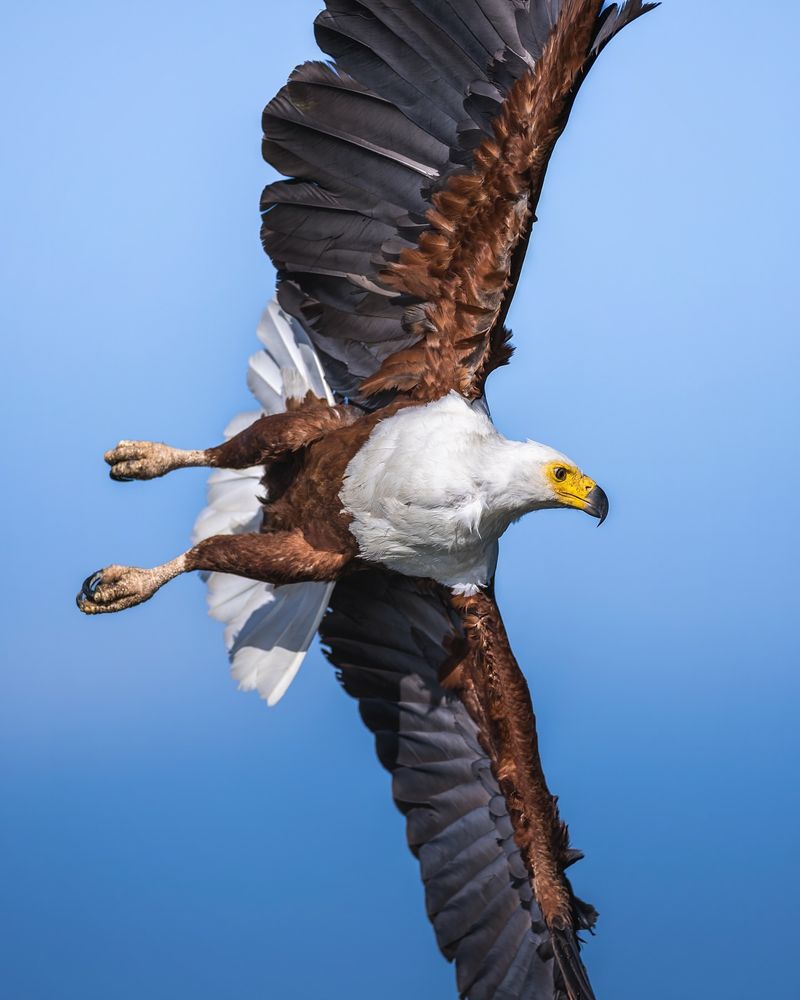
Often seen as Africa’s counterpart to the Bald Eagle, the African Fish Eagle is a charismatic piscivore inhabiting rivers, lakes, and coastal regions. Its distinctive call echoes across the waterways, a signature sound of the African wilderness.
Renowned for its fishing prowess, the African Fish Eagle’s keen vision and agility are key to its hunting success. It can pluck fish from the water with remarkable precision.
Beyond its role as a predator, this bird is a national symbol in several African countries, embodying freedom and strength. Its presence is vital for maintaining ecological balance in its habitat.
9. Lammergeier
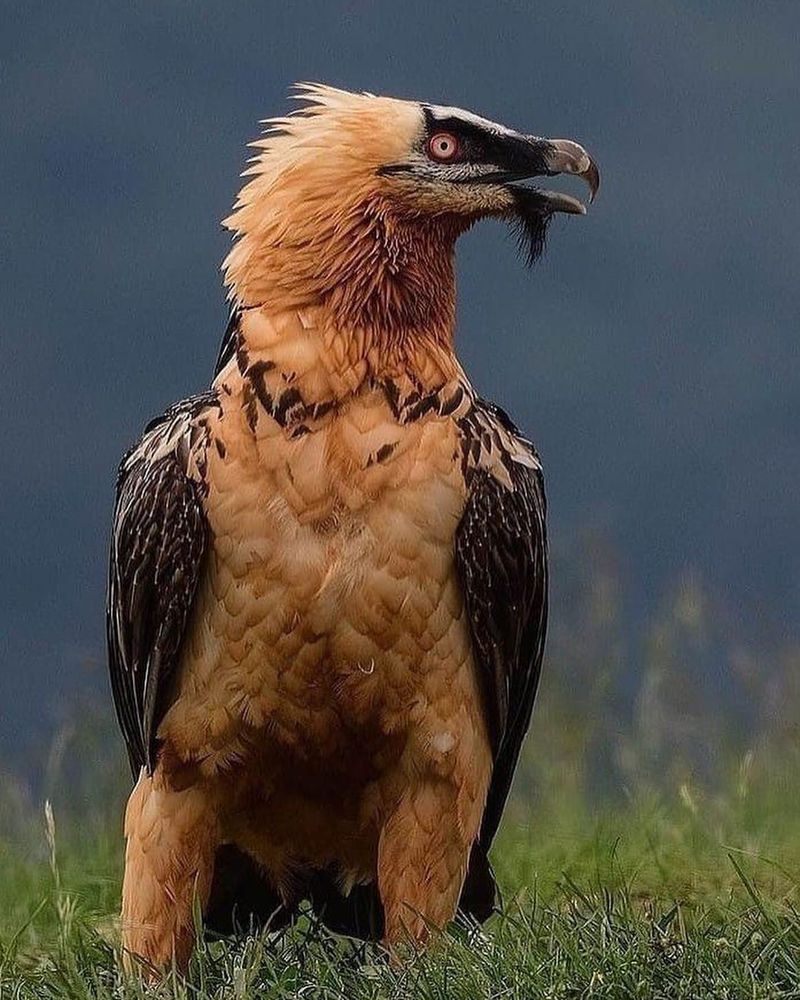
In the craggy highlands, the Lammergeier, or Bearded Vulture, reigns with a diet unique among birds of prey. Known for consuming bone marrow, it drops large bones from great heights to crack them open, a methodical and intelligent feeding strategy.
This bird’s appearance is as striking as its habits, with a beard-like tuft and fiery eyes. Its almost exclusive diet of bones sets it apart from other vultures and raptors. Lammergeiers play a crucial role in their ecosystem, cleaning up carrion and maintaining the health of their mountainous habitats.
Conservation efforts are vital for their continued survival.
10. Secretary Bird
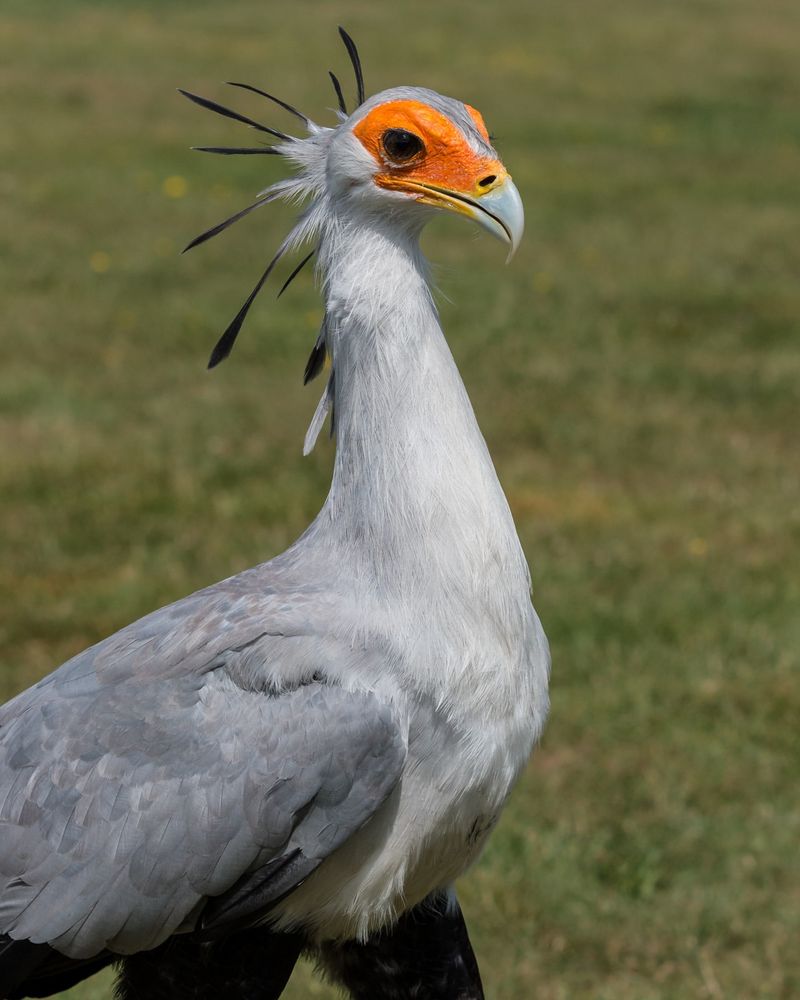
Elegant and fierce, the Secretary Bird is an unusual raptor that hunts on foot. Endemic to the African savannah, it is known for its long legs and striking appearance. Secretary Birds primarily hunt snakes and other reptiles, using their powerful legs to deliver swift kicks that incapacitate their prey.
Their unique hunting style and ability to handle venomous snakes make them formidable predators. These birds are symbolic in many African cultures, representing protection and power. Their conservation is essential to preserve the biodiversity of the savannah ecosystem.
11. Northern Goshawk
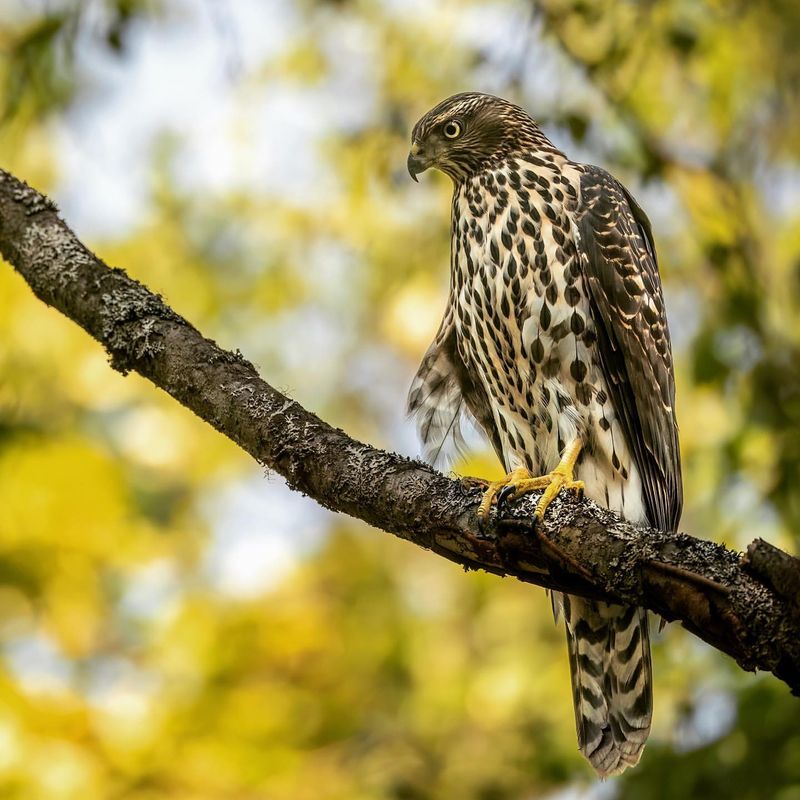
Deep in the forest, the Northern Goshawk is a stealthy and agile hunter. Known for its speed and precision, this raptor preys on birds and small mammals, navigating through dense foliage with ease.
The Northern Goshawk’s powerful build and sharp talons make it a formidable predator. Its striking red eyes and barred plumage add to its intimidating presence.
A symbol of strength and determination, the goshawk’s adaptability to various forest environments underscores its role as a key predator in maintaining ecological balance.
12. Red-Tailed Hawk
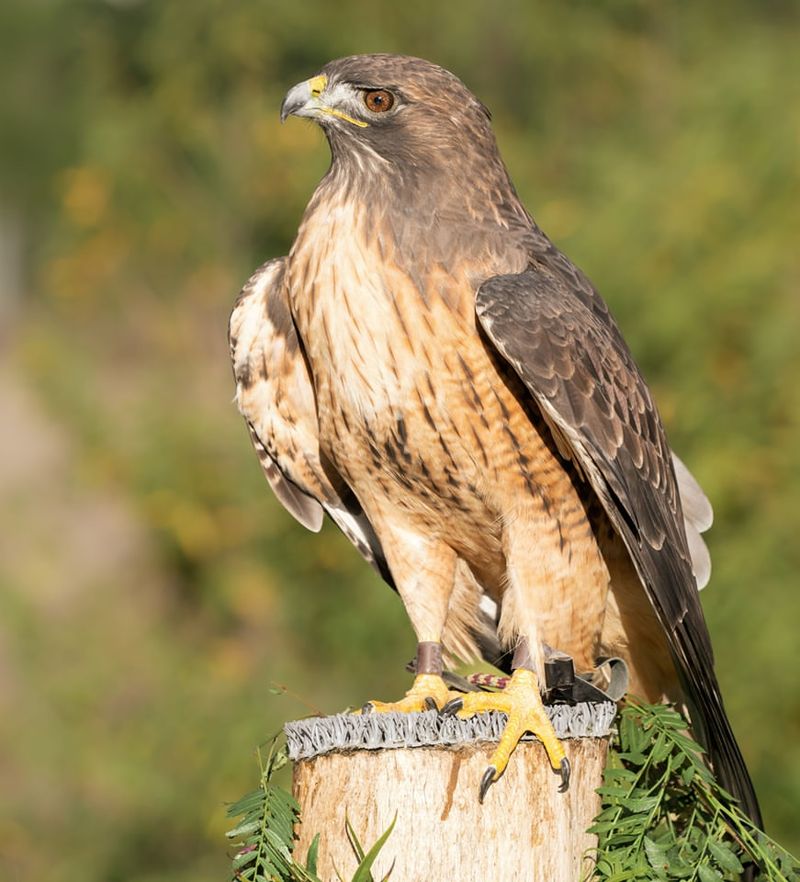
One of the most common hawks in North America, the Red-tailed Hawk is a master of open landscapes. Its adaptability allows it to thrive in environments ranging from deserts to forests. With a diet that includes rodents, snakes, and even other birds, the Red-tailed Hawk’s hunting skills are versatile.
Its piercing scream is a familiar sound in the wilderness. The hawk’s distinctive red tail feathers are a hallmark of its species, and its widespread presence makes it a crucial part of the ecosystem, controlling pest populations effectively.
13. Kestrel
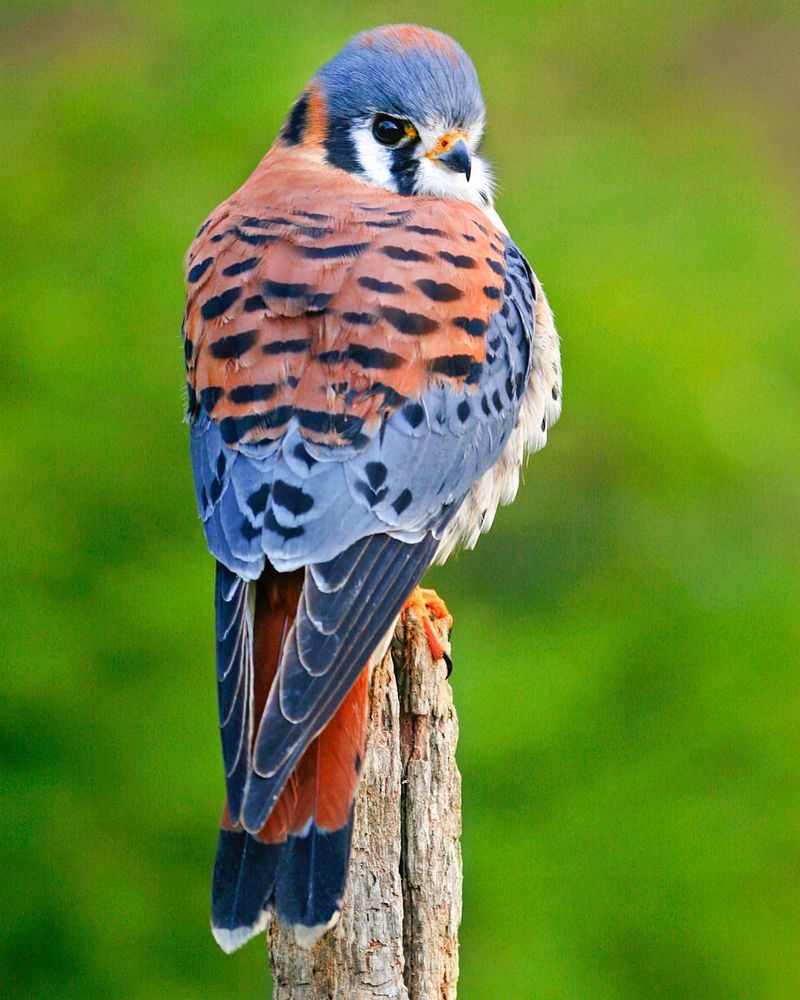
Known for their ability to hover perfectly still in the air, Kestrels are small but mighty predators. This unique hunting technique allows them to spot and catch prey hidden in grasslands.
Kestrels primarily feed on insects and small mammals, using their keen eyesight to detect movement from above. Their adaptability allows them to inhabit a range of environments, from urban areas to farmlands.
Despite their size, Kestrels are fearless hunters, often taking on larger birds. Their presence is a testament to the diversity and resilience of avian predators.
14. Barn Owl
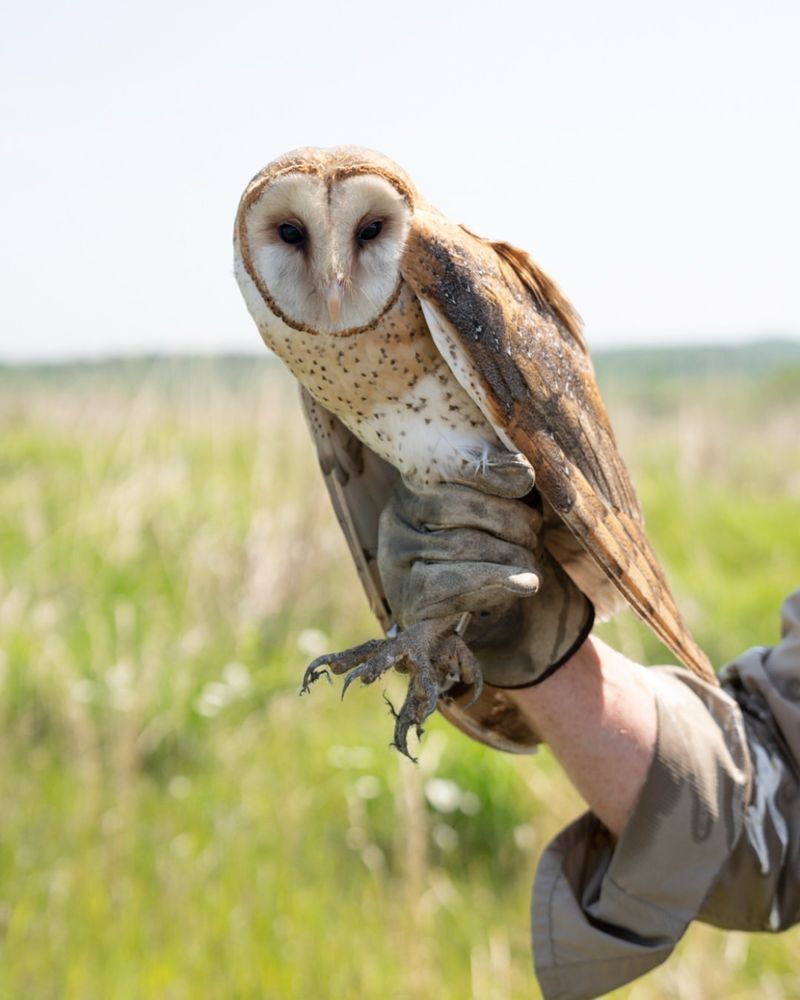
Silent as a whisper, the Barn Owl is a nocturnal hunter with a heart-shaped face that enhances its hearing. Found worldwide, with a large number in North America, Barn Owls are masters at locating prey even in complete darkness, making them some of the most fascinating owls.
Their soft feathers allow for noiseless flight, aiding in their stealthy approach. Rodents make up the bulk of their diet, and their hunting efficiency helps control pest populations.
Barn Owls are often associated with mystery and folklore, their haunting presence adding to the allure of the night. Conservation efforts are crucial to protect these silent predators and their habitats.
15. Black Kite
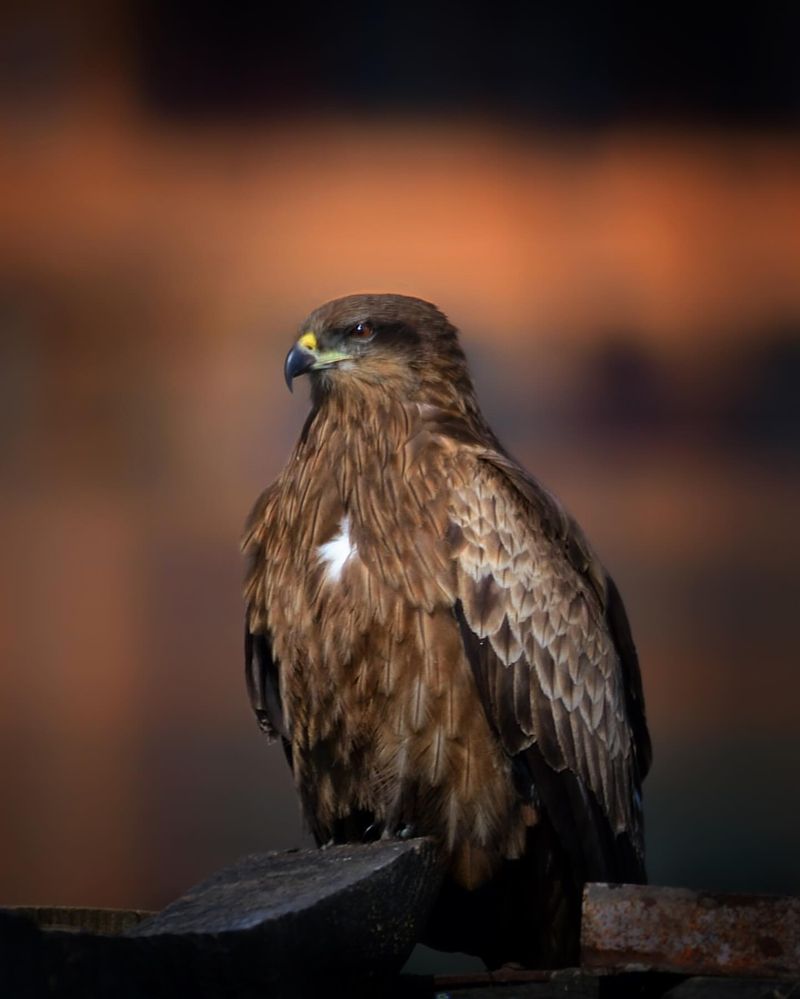
Adapting to a variety of environments, the Black Kite is a versatile predator and scavenger. With a presence on every continent except Antarctica, it thrives in both urban and rural settings.
Black Kites are known for their acrobatic flight and skillful scavenging, often seen swooping down to snatch food from the ground or water. Their adaptability makes them one of the most widespread raptors.
Their role in the ecosystem is vital, as they help clean up carrion and control pest populations. The Black Kite’s resilience and adaptability reflect the dynamic nature of avian predators.

